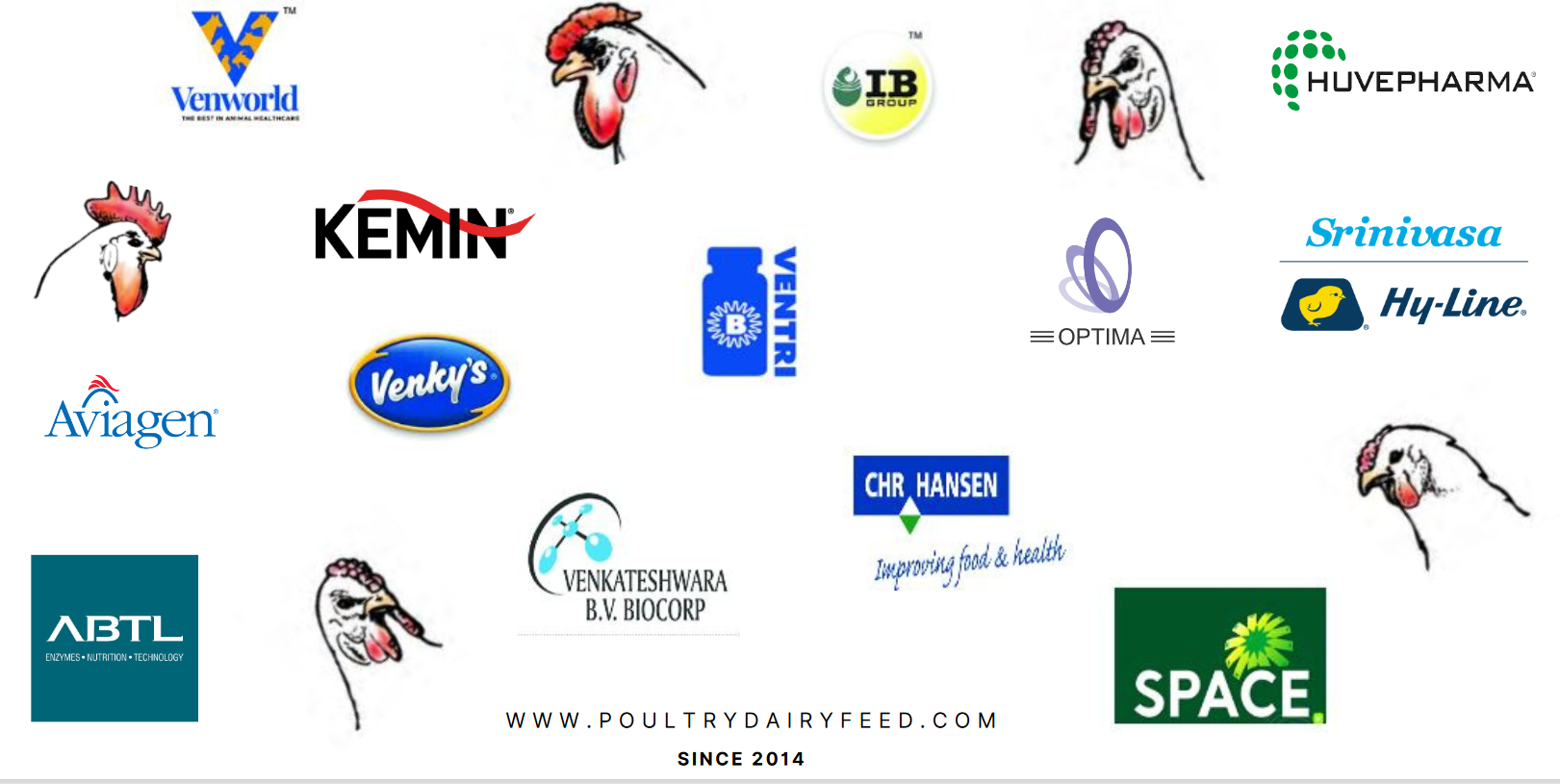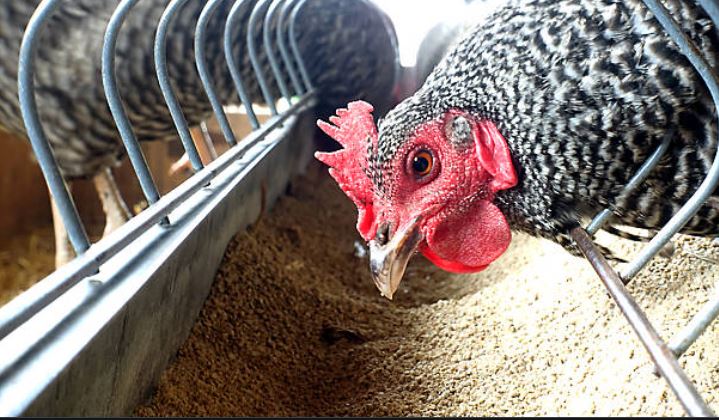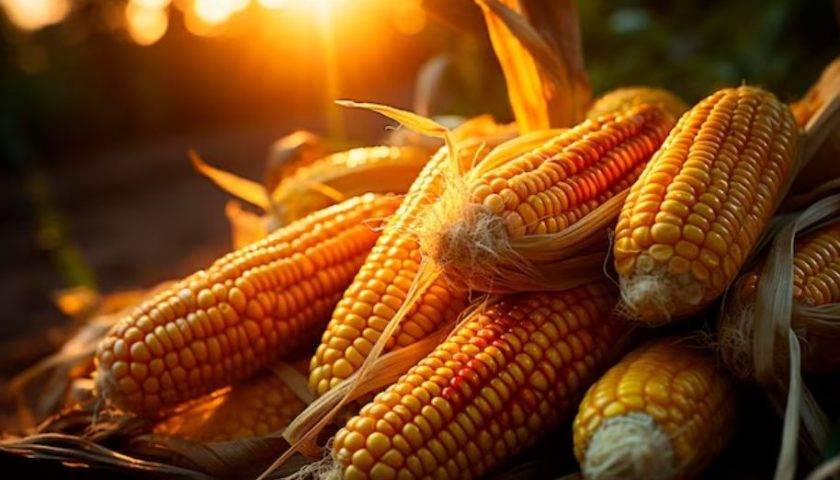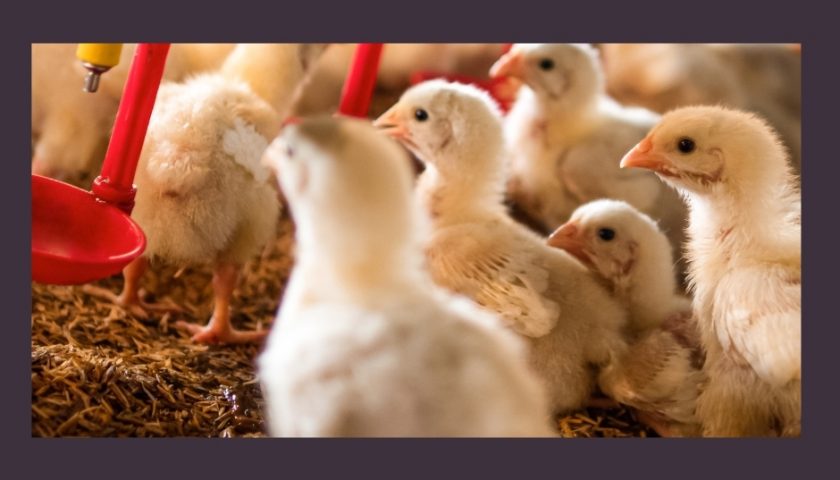According to the General Department of Customs (GDC), the import turnover of animal feed and raw materials reached nearly US$4.14 billion in the past 10 months in Vietnam, up 29 per cent on the same period in 2020. The GDC estimates that this number will continue to grow, providing opportunities for corn and fermented by-products (DDGS) exporters around the world to increase their trade with Vietnam.
In the first 10 months of 2021, the biggest importer for Vietnam was Argentina with 35 per cent of the market, reaching $1.45 billion, up 11.4 per cent over the same period in 2020. The US followed with 16.7 per cent, reaching $692.36 million thanks to a sharp increase of 66.3 per cent over the same period. Accounting for 11.8 per cent of the total, imports from Brazil also increased sharply by 42.2 per cent, reaching $487.37 million.
In the same period, the import of the products from the EU market increased sharply by 47.4 per cent, reaching $337.76 million. Import from the South-East Asian market increased by 18 per cent, reaching $297.29 million. According to the latest report by the Foreign Agricultural Service of the USDA, aquaculture, shellfish or other species are becoming increasingly in-demand in Vietnam, creating more opportunities for feed ingredient exporters to enter the country.
Along with corn, US livestock and aqua feed exports like dry cereal flour and DDGS have grown rapidly over the past decade. Vietnam is currently one of the leading importers of this product from the US, especially of DDGS as an animal feed ingredient with high protein and energy content. Currently, Vietnam is the largest corn importer in South-East Asia and is forecast to be the fifth-largest corn importer globally in 2021 and 2022, said the report.
It is forecast that Vietnam’s import demand for corn and grain by-products for animal feed will triple over the next 10 years. Corn will account for the majority, while the rest will be wheat and barley, reflecting the trends of the meat industry. Although overall meat production in Vietnam decreased in 2019, due to the impact of Asian Swine Flu on pork production, chicken and beef production both increased during this period. It is forecast that per capita meat consumption in Vietnam will also increase. According to USDA, besides the recovery of pork production and the expansion of beef and poultry production, Vietnam’s growing aquaculture industry will present greater opportunities for corn and DDGS exporters.





